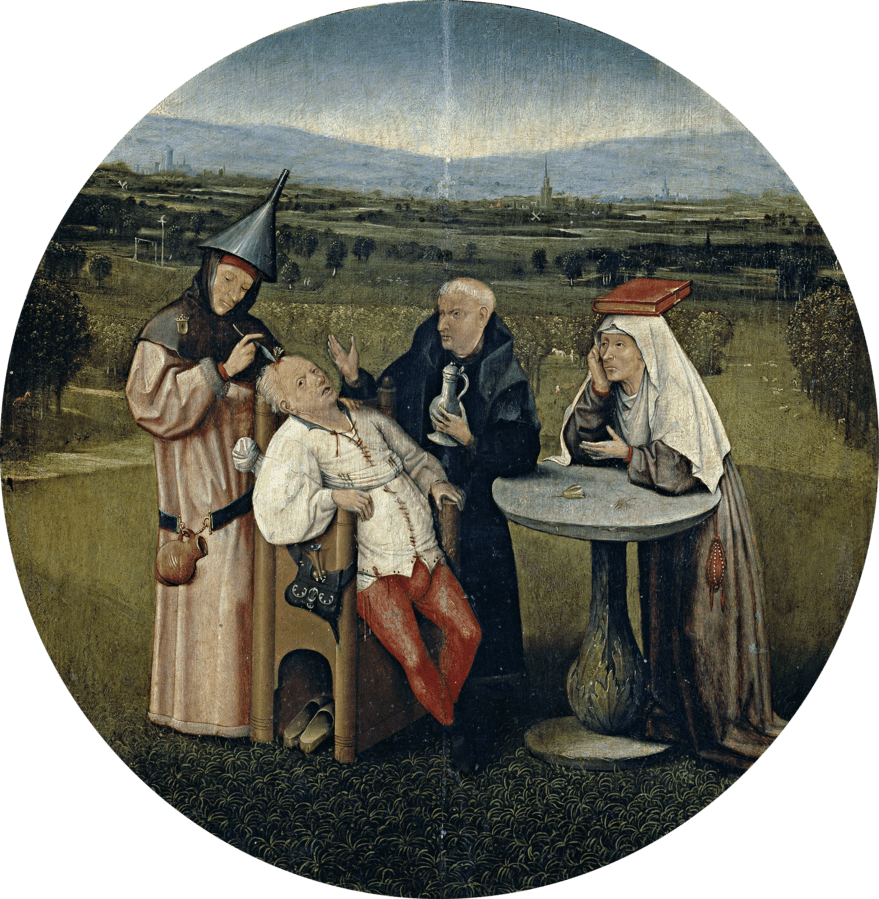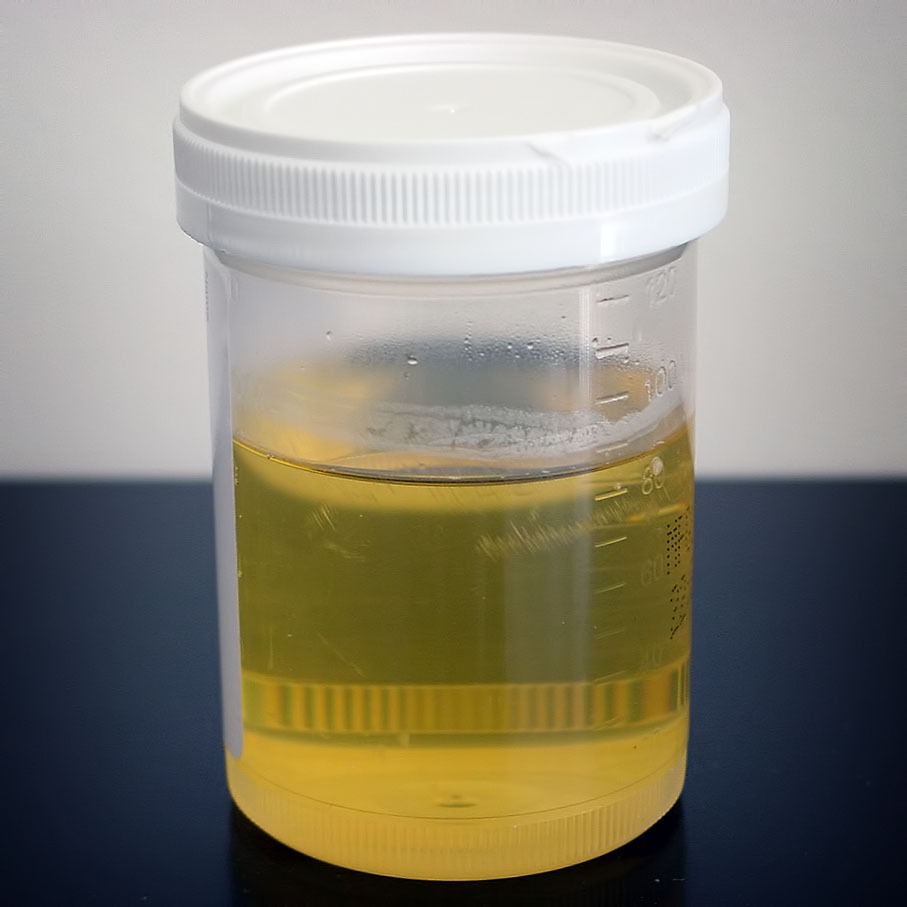Most of us assume that medical practitioners operate under the motto of “do no harm”, but might not always be the case even if unintentional. Advancements in the field of medicine and technology have enabled medical practitioners to do amazing things. However, there is no shortage of crazy theories and practices in the history of medicine that revolve around pain and even death.
Such practices and beliefs do not necessarily mean bad intentions as many were actually honest attempts to find the most humane treatment. But many such attempts resulted in so much pain and suffering that the results were even worse than the initial suffering. Regardless of the intentions and outcomes, this post covers some of the craziest medical theories and practices that should make us feel good about the modern times we live in.
Heroin as a Treatment for Cough (Late 19th and Early 20th Century)
It’s common knowledge that heroin is one of the most destructive and addictive drugs. But there was a time when it was marketed as a cure for cough. Many of the readers might think that this must have happened hundreds of years ago in the ancient times. But the German pharma company Bayer (still one of the biggest companies) advertised heroin as a non-addictive medicine at the 19th century’s end and for some time in the 20th century (1898-1910).
In addition to cough, it was also marketed as an over-the-counter drug for some other common ailments such as tuberculosis and pneumonia. Heroin was even marketed as a cure for morphine addiction, a myth that was busted soon after research showed that the drug metabolized into morphine in the body, which makes heroin just another a form of morphine that acts even faster.
Although Bayer’s research team was not the first to make the drug, the company was the first to commercialize and market it. Heroin remained a Bayer trademark until the end of World War I.
Lobotomy (Since early 20th Century)
Lobotomy is rarely performed these days and that too in a much more elegant way. In old days, lobotomy involved inserting 10-inch long ice picks into a brain through the eye sockets and hitting them with a hammer once the picks were in the ‘right’ place. It was performed aiming to cure different mental illnesses. The word lobotomy comes from the Greek words lobos and tomos, which mean lobe and slice respectively, or in other words slicing the brain.
Humans are strange so it took some time for medical practitioners to realize that sticking long pieces of metal into the brain and hitting them with a hammer results in mental and physical conditions far worse than the initial suffering. The practice is also regarded as one of the most ‘barbaric mistakes’ ever made by the mainstream medicine.
What might come as a surprise to many is the fact that it wasn’t long ago that the practice was abandoned (in its original form). Rosemary, US President JF Kennedy’s sister went through this procedure in 1941 after complaints about her moodiness. However, after going through a lobotomy, her mind reduced to that of an infant and her condition got a lot worse. She not only got incapacitated, but also remained nationalized for her entire life.
Trepanning (Since 6500 BCE)
Trepanning (or making a burr-hole) involved drilling a hole into the skull to treat intracranial diseases or release post-injury buildup of pressured blood. Practitioners in the ancient times used to drill a hole into the skulls of persons who behaved abnormally for a long time, possibly because of evil spirits (and to let them out).
However, trepanning is not all that bad as it was also performed as an emergency surgery following serious head wounds (to remove bits of bone and clean pooled blood). Some modern forms of trepanning include drilling holes through fingernails or toenails to remove pain associated with buildup of blood under the nails.
In ancient times trepanning meant drilling into the skull and seeing what happens next. Things have improved a lot over time and now it’s done when really necessary in a much more elegant way.
Bloodletting (Since ancient Egyptians)
Withdrawing blood (vast quantities) for preventing or curing a disease/illness is another ancient practice that still exists in one form or another (like blood-sucking leeches). Ancient practitioners did not know much about how the blood circulates in our bodies. According to ancient ‘doctors’, the blood can stagnate in certain body parts and its excess or shortage can cause many illnesses.
That’s why they thought that simply letting it out can cure such illnesses, which is something they kept practicing for over 2,000 years (until 18th century). Bloodletting is still practiced, but is a more scientific way and in certain medical conditions (referred to as phlebotomy). For example, Therapeutic Phlebotomy in which a unit of blood is drawn to reduce the RBC (Red Blood Cells) count (in conditions like hemochromatosis and porphyria cutanea tarda). Talking about phlebotomy, you can learn about everything by taking an online phlebotomy class.
Urine Therapy and Animal Dung Ointments (Since before ancient Egyptians)
There was once a time when urine was believed to cure a variety of ailments and was considered a promoter of good health. Urine therapy aka urotherapy is still practiced in some parts of the world where people think drinking and bathing in urine can help cure their illnesses. However, there is no scientific evidence that backs claims of urotherapists, whether its treating toothaches or minor stings.
At some point in the history, some came up with the idea of treating sore throats with dog poop, while some thought snail syrup is a good cure for earache and sore throat. From dead mice to lizard blood and human excrement, the ancient Egyptians tried every possible cure for different injuries and diseases. Doses of horse saliva were believed to cure an impaired libido and were sometimes given to out-of-order women.
Egyptians believed that the dung of donkey, dog, papyrus, gazelles and some other animals contains magical healing properties and a way of warding off bad spirits. While research shows that some types of dung do contain some antibiotic substances, it’s certainly not the kind of treatment anyone should suggest today.


